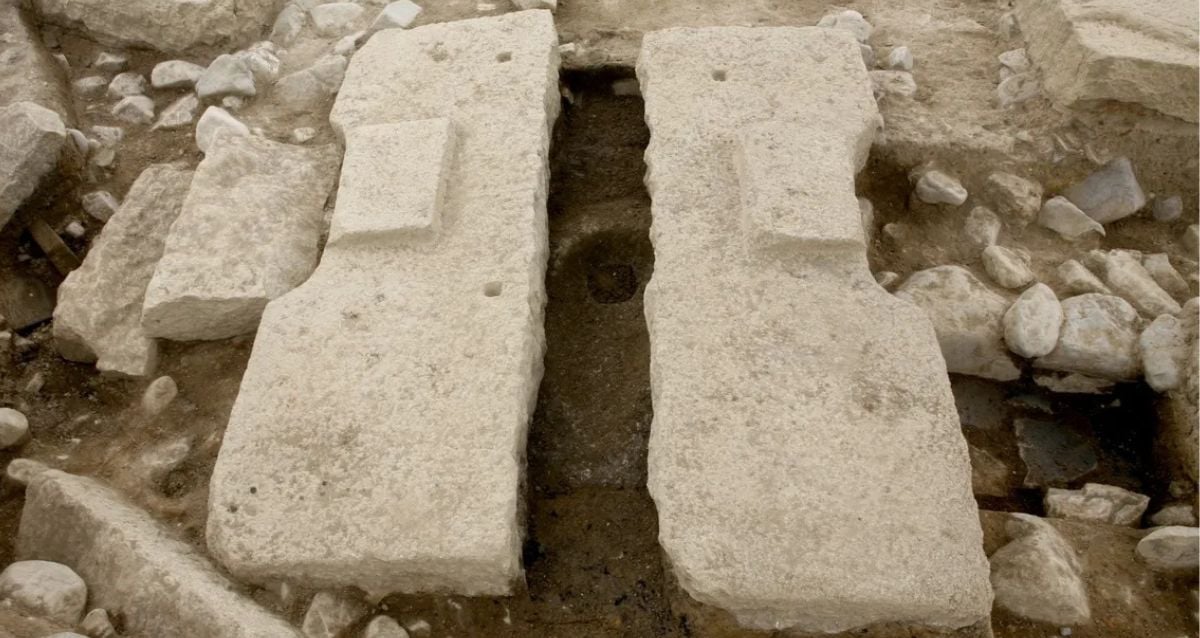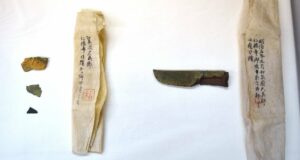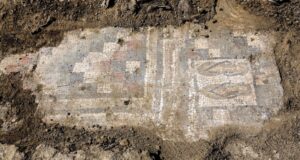“Unearthing Royal Comfort: Inside the 1,300-Year-Old Flush Toilet Fit for a Korean Prince”
Archaeologists Uncover Korea’s First Known Flushing Toilets
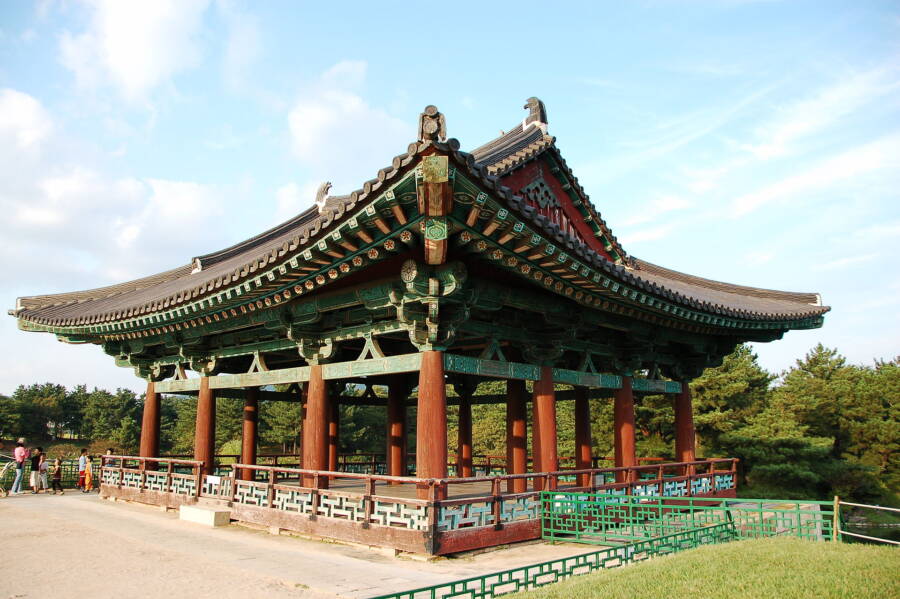
riNux/Wikimedia CommonsA reconstructed pavilion near the site of Donggung Palace.
A 12th-century chronicle mentions that Donggung Palace, a royal dwelling built for the crown prince of the Silla Dynasty (668 to 935 C.E.), was constructed near the main palace in 679 C.E., but it doesn’t detail exactly where it stood. Archaeologists spent years searching for it, first excavating the west side of Wolji Pond, the artificial body of water that was part of the palace complex.
When experts determined that the ruins found there were an extension of the main palace, they began excavating the east side instead. There, they uncovered what they now believe is Donggung Palace due to its location, its size, and the artifacts found inside. These include bowls, plates, patterned bricks — and toilets.
Several flush toilets were discovered in the palace, though one of them stood apart from the others. Most of them functioned like traditional outhouses, with servants pouring water on the waste to propel it through the pipes and into a holding area. However, one drained directly into a nearby river.
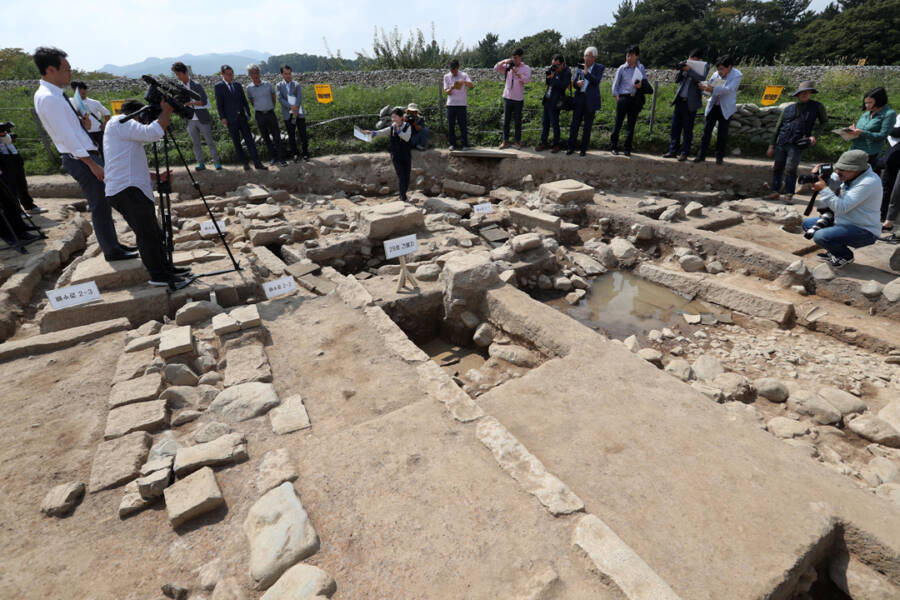
Kim Gyeong YeolThe Donggung Palace excavation site, where archaeologists found the 1,300-year-old flushing toilet.
This unique toilet was made of granite and had stepping stones on either side for the user to place their feet. Researchers believe it was used by the crown prince himself, as well as high-ranking women who lived in the palace.
“This is an early example of a sophisticated plumbing system, reinforcing the idea that this was a royal facility,” said Kim Gyeong Yeol, the excavation leader and an archaeologist with the Korea Heritage Service, as reported by Korea JoongAng Daily.
